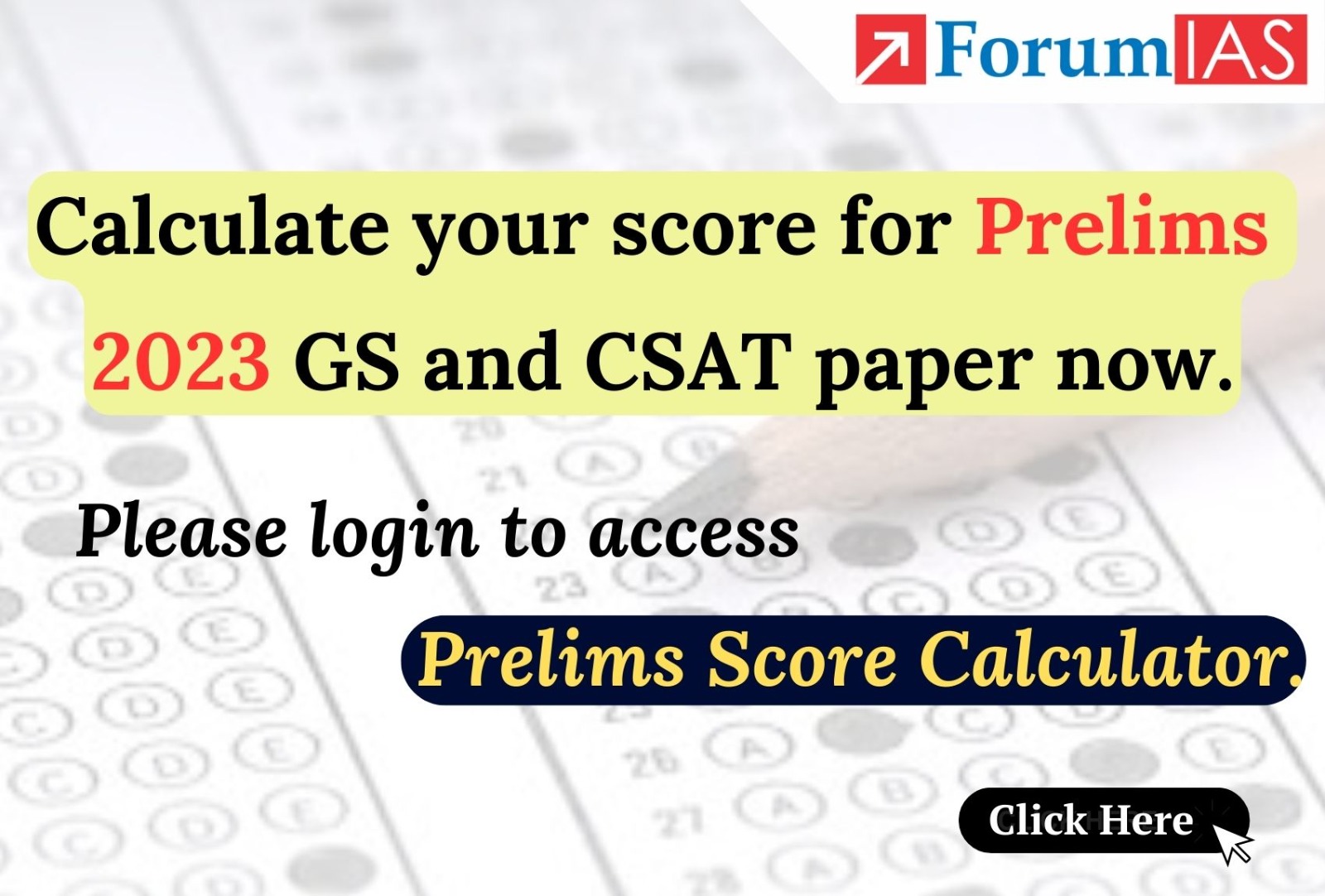Can someone help with this 2016 PYQ
Hamilton's characteristic function (S) is defined through the equation: dS/dt = -H where H is the hamiltonian
This is the only instance where UPSC has asked from this concept, I've just noted it down separately. Don't think we should spend a lot of time of it. Let me know if there are any doubts, I'll send you my solution.
Hey thanks for this. One more thing, there is no potential energy involved here, right?
Can anyone confirm if this is the right method for the question? I'm not sure if we can take adjoint of 4 matrices in multiplication the way they've done it. This is a 2013 PYQ.
If not, please let me know of an alternate solution!
This might not be correct also because taking adjoint will not give the complement of lambda. Can't we just show that eigenvalues of |A|I are real? That should do it I guess
@Celeborn Have you solved this 2020 Qs? Couldn't find it in IMS Solutions. And are there any complete solutions available
Don't consider the weight to be uniformly distributed. Assume a centre of gravity at a certain length and then solve by taking moments accordingly. Let me know if you'll need anything else.
I remember that the last two questions have very difficult (or maybe seemingly difficult) questions. That does limit our choices but the general consensus seems to be that 2020 was more difficult than earlier years across chapters. Haven't given any mains so perhaps Celeborn can clarify it for us :)
In the above question, when the weight is hung from A, the rod will tilt when reaction at C becomes zero. Right?





